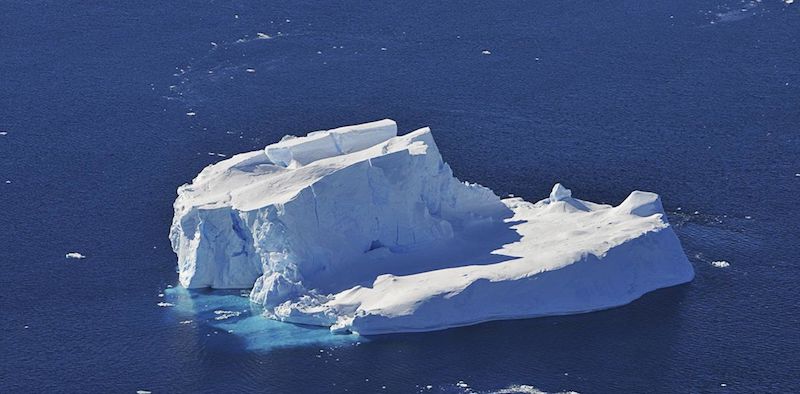 Melting Antarctic ice can trigger effects on the other side of the globe. Credit: NASA/Jane Peterson
Melting Antarctic ice can trigger effects on the other side of the globe. Credit: NASA/Jane Peterson
Sept. 13, 2017 (The Conversation) -- Melting of Antarctica's ice can trigger rapid warming on the other side of the planet, according to our new research which details how just such an abrupt climate event happened 30,000 years ago, in which the North Atlantic region warmed dramatically.
This idea of "tipping points" in Earth's system has had something of a bad rap ever since the 2004 blockbuster The Day After Tomorrow purportedly showed how melting polar ice can trigger all manner of global changes.
But while the movie certainly exaggerated the speed and severity of abrupt climate change, we do know that many natural systems are vulnerable to being pushed into different modes of operation. The melting of Greenland's ice sheet, the retreat of Arctic summer sea ice, and the collapse of the global ocean circulation are all examples of potential vulnerability in a future, warmer world.
Of course it is notoriously hard to predict when and where elements of Earth's system will abruptly tip into a different state. A key limitation is that historical climate records are often too short to test the skill of our computer models used to predict future environmental change, hampering our ability to plan for potential abrupt changes.
Fortunately, however, nature preserves a wealth of evidence in the landscape that allows us to understand how longer time-scale shifts can happen.
(more)
READ MORE: The Conversation





